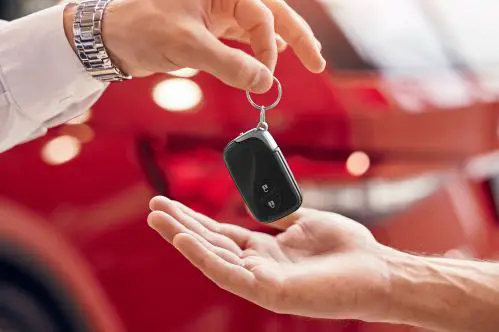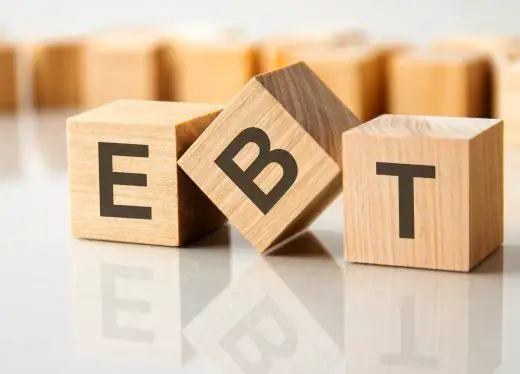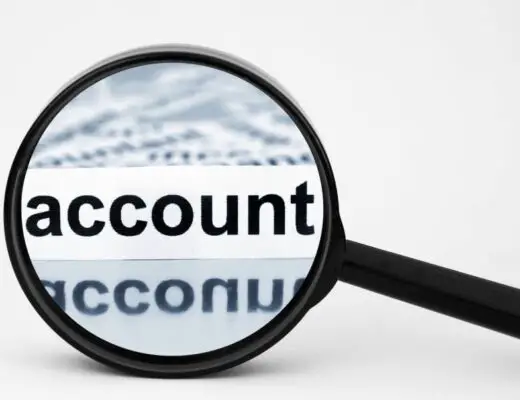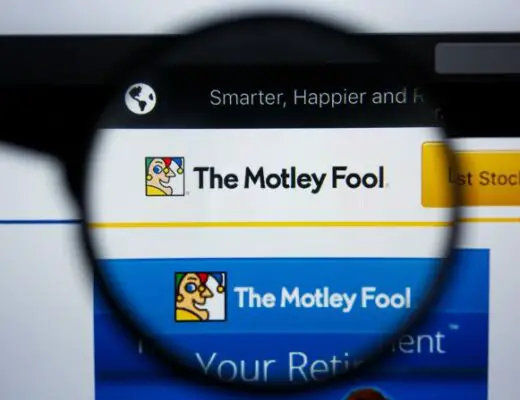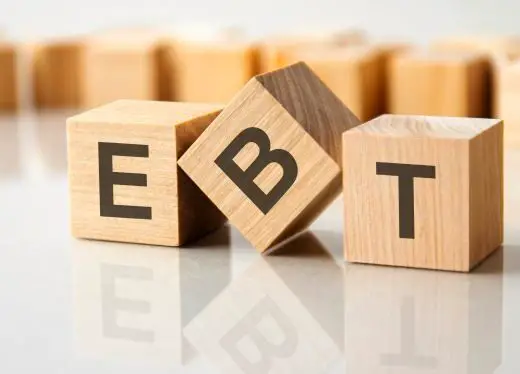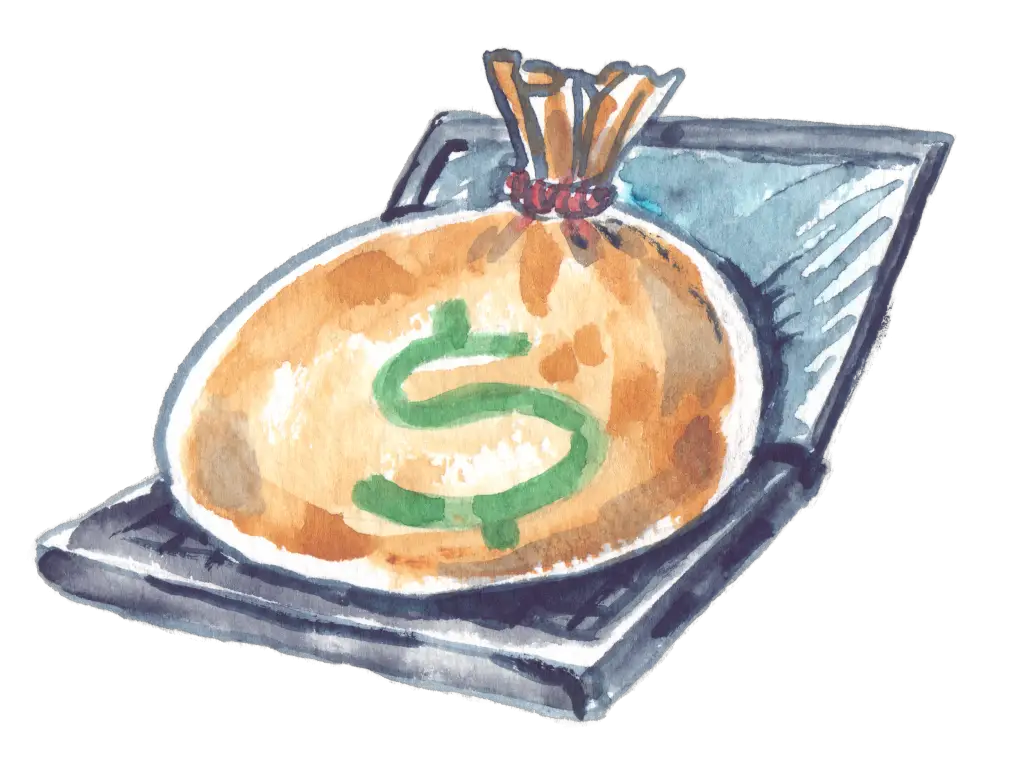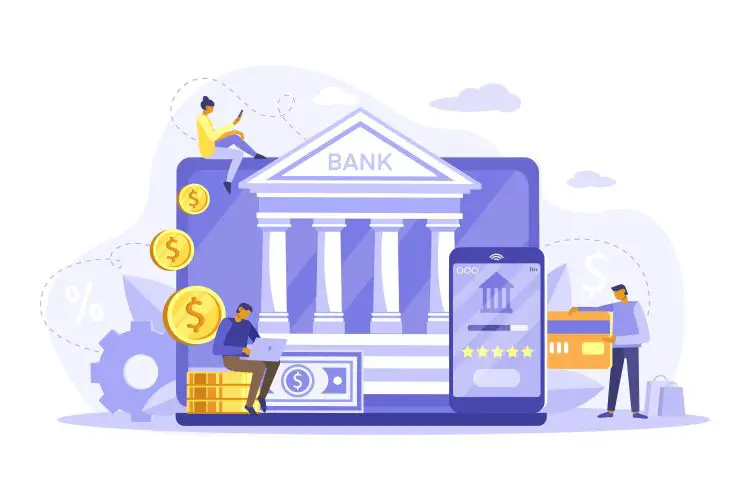
CommonCentsMom.com is advertiser-supported: we may earn compensation from the products and offers mentioned in this article. However, any expressed opinions are our own and aren't influenced by compensation. The contents of the CommonCentsMom.com website, such as text, graphics, images, and other material contained on this site (“Content”) are for informational purposes only. The Content is not intended to be a substitute for professional financial or legal advice. Always seek the advice of your Financial Advisor, CPA and Lawyer with any questions you may have regarding your situation. Never disregard professional advice or delay in seeking it because of something you have read on this website!
A charge on a credit card can be quite the annoyance, and one that is easily avoided. It is not unusual for people to be hit with charges they did not authorize, or to receive credit card bills they did not receive.
The problem with credit cards is that they are often abused by malicious parties. This results in many charges being made on someone’s account without their knowledge or consent. So how do you avoid this happening to you? This article will discuss all you need to know about chargebacks and disputes.
What are Chargebacks and Disputes?
A chargeback is a way of dealing with a charge that you feel has been incorrectly made on your account. You can file a chargeback if you feel that the charge has been made in error, or if you have been overcharged.
Disputes are similar to chargebacks, but are more for situations where there is no error involved. Disputes are usually filed by credit card companies when the customer does not receive a product or service that they were expecting. This can include products not being delivered, or goods not being of satisfactory quality.
Why Do Disputes Happen?
Customers may file a chargeback if they think that a purchase was fraudulently made or if the item didn’t arrive as expected or is damaged. Sometimes customers think that there was something wrong with their purchase, and so they ask for a refund.
You may want to file a dispute because you think someone gained access to your account. It can also happen because a charge is recurring and the customer forgot about it, or because the merchant name on the charge-back request doesn’t match the actual name of the business.
Some customers also file a chargeback simply because they are not satisfied with their purchase. This is not a valid reason for a bank to issue a chargeback. Sometimes banks won’t accept such chargeback requests because they know that there’s a difference between being unhappy with a product and it not being as described.
How to Dispute a Charge
If you see a charge on your credit card that you don’t recognize, check to see if it matches what you have spent. Thieves start off by making small purchases and then try to cover their expenses by charging a larger sum if the account holder doesn’t act quickly. Check to see if a charge is fraudulent by comparing the merchant name to your previous purchases.
If a fraudulent charge is billed to your debit card, you should be able to ask your bank to cancel it. If your bank agrees, you should be able to get your money back. Because of the way banks work, it may take a few days for banks to decide whether to charge you money or not.
You may be able to show the bank that your debit card was charged for a different amount than it was actually charged, or that you bought something from an online store where you don’t have an account.

